Anthony Bourdain: Parts Unknown Beirut
Anthony Bourdain: Parts Unknown Beirut
Bourdain learns of the the struggles of Palestinian refugees from Syria in Lebanon
More Posts from Teddyglez1976 and Others


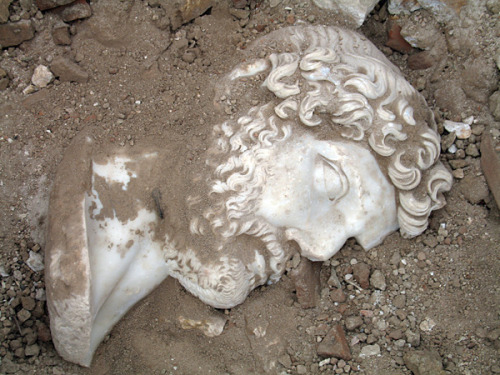

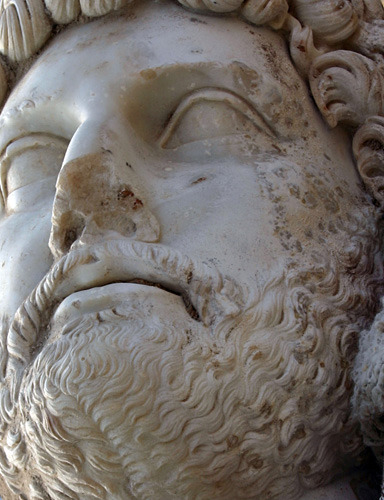
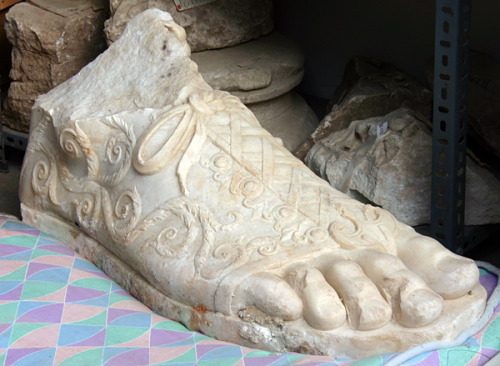
A colossal status of the Roman Emperor Hadrian (r. 117 to 138 CE) found in the ruins of a bathhouse at Sagalossos, a Greco-Roman city in south-central Turkey. It is estimated the statue stood between 13 and 16 feet (4 and 5 meters) tall.
That’s pretty big! It was an announcement of the power of Rome, personified by Rome’s divine emperor.
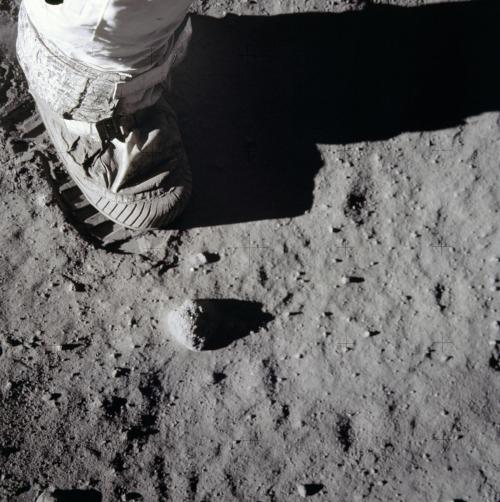
July 20, 1969: People around the world tune their radios and television sets to watch humans step foot on the Moon for the first time.
Gather ‘round with us today and experience history as it unfolded 50 years ago.
Watch NASA TV at 4 p.m. EDT as we replay the original live broadcast of the Apollo 11 Moon landing.
Then, at 10 p.m. EDT, watch the replay of the original live broadcast of the first steps on the Moon, as the world watched it in 1969:

Check out the first online retrospective dedicated to commemorating the life and legacy of one of the most important artists of 20th century, Frida Kahlo. “Faces of Frida” gives you access to a virtual collection composed of more than 800 iconic works and items, including photos, letters, and portraits that you can enjoy.
The project was completed thanks to Google Arts & Culture and many organizations across the world. Take a look at our contribution and get excited to see this portrait of Kahlo in “Face to Face: Portraits of Artists” opening at the Museum on June 26.
“Frida Kahlo (Strip of Two Contact Prints),” 1938, by Julien Levy

Authentic Pandora Angel Wings for sale
http://bit.ly/braceletcharms

Gustave Moreau, 1826-1898
Hélène, n/d, gouache and watercolor on paper, 52x25 cm
Private Collection
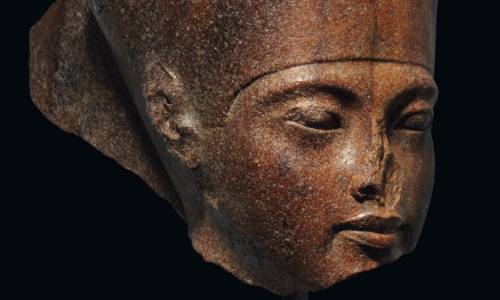
Bust of Tutankhamun sold at auction for £4.7m despite Egypt protests
A brown quartzite head of young king Tutankhamun has sold at auction in London for more than £4.7m despite Egyptian demands for its return. The ‘rare and beautiful’ 3,000-year-old sculpture goes under the hammer in defiance of claims it was stolen.
The more than 3,000-year-old sculpture, displayed at Christie’s London auction house, shows the boy king taking the form of the ancient Egyptian god Amen.
An unnamed buyer bought the head for £4,746,250 ($5.97m), including commission and in line with the estimated price before the sale, Christie’s said.
The 28.5cm (11.22in) high piece, with damage only to the ears and nose, was sold from the private Resandro collection of Egyptian art. Read more.
One Year Into Our Planet-Hunting TESS Mission

Our Transiting Exoplanet Survey Satellite (TESS), launched last year on April 18, is completing a year in space, surveying the skies to find the closest, most exciting planets outside our solar system for further study. Worlds that TESS is hunting for include super-Earths, rocky planets, gas giants, and maybe even some Earth-sized planets — and much, much more! TESS is scanning the whole sky one section at a time, monitoring the brightness of stars for periodic dips caused by planets transiting (that is, passing in front of) those stars. So far, TESS has found 482 candidates and 10 confirmed exoplanets.

Since its launch, TESS has orbited Earth a total of 28 times. TESS has a unique elliptical orbit that circuits around Earth twice every time the Moon orbits. This allows TESS’s cameras to monitor each patch of sky continuously for nearly a month at a time. To get into this special orbit, TESS made a series of loops culminating in a lunar gravitational assist, which gave it the final push it needed.

Did you know that TESS has some serious mileage? The spacecraft has traveled about 20 million miles so far, which works out to an average of about 2,200 miles per hour. That’s faster than any roadrunner we’ve ever seen! This would be four times faster than an average jet. You’d get to your destination in no time!

TESS downloads data during its closest approach to Earth about every two weeks. So far, it has returned 12,000 gigabytes of data. That’s as if you streamed about 3,000 movies on Netflix. Get the popcorn ready! If you total all the pixels from every image taken using all four of the TESS cameras — which is about 600 full-frame images per orbit, you’d get about 805 billion pixels. This is like half a million iPhone screens put together!

When the Kepler Space Telescope reached the end of its mission, it passed the planet-finding torch to TESS. Where Kepler’s view was deep — looking for planets as far away as 3,000 light-years — TESS’s view is wide, surveying nearly the entire sky over two years. Each sector TESS views is 20 times larger than Kepler’s field of view.

TESS will continue to survey the sky and is expected to find about 20,000 exoplanets in the two years it’ll take to complete a scan of nearly the entire sky. Before TESS, several thousand candidate exoplanets were found, and more than 3,000 of these were confirmed. Some of these exoplanets are expected to range from small, rocky worlds to giant planets, showcasing the diversity of planets in the galaxy.
The TESS mission is led by MIT and came together with the help of many different partners. You can keep up with the latest from the TESS mission by following mission updates and keep track of the number of candidates and confirmed exoplanets.
Make sure to follow us on Tumblr for your regular dose of space: http://nasa.tumblr.com.

Crack chicken and rice soup with mushrooms and bacon
-
 kennymoonshoes reblogged this · 1 year ago
kennymoonshoes reblogged this · 1 year ago -
 cosmicdes liked this · 4 years ago
cosmicdes liked this · 4 years ago -
 rainingqween liked this · 5 years ago
rainingqween liked this · 5 years ago -
 awaitingescape reblogged this · 5 years ago
awaitingescape reblogged this · 5 years ago -
 awaitingescape liked this · 5 years ago
awaitingescape liked this · 5 years ago -
 gangstars-paradise liked this · 6 years ago
gangstars-paradise liked this · 6 years ago -
 hommelezard liked this · 6 years ago
hommelezard liked this · 6 years ago -
 omofthemind liked this · 6 years ago
omofthemind liked this · 6 years ago -
 cheertakeover liked this · 6 years ago
cheertakeover liked this · 6 years ago -
 eid01on reblogged this · 6 years ago
eid01on reblogged this · 6 years ago -
 amsden liked this · 6 years ago
amsden liked this · 6 years ago -
 floralwhispers liked this · 6 years ago
floralwhispers liked this · 6 years ago -
 nardhuur liked this · 6 years ago
nardhuur liked this · 6 years ago -
 matetikus liked this · 6 years ago
matetikus liked this · 6 years ago -
 newlifeprojects liked this · 6 years ago
newlifeprojects liked this · 6 years ago -
 improvizalok liked this · 6 years ago
improvizalok liked this · 6 years ago -
 szerdateszt liked this · 6 years ago
szerdateszt liked this · 6 years ago -
 mendegelamandarin liked this · 6 years ago
mendegelamandarin liked this · 6 years ago -
 para-malac liked this · 6 years ago
para-malac liked this · 6 years ago -
 pajjorimre reblogged this · 6 years ago
pajjorimre reblogged this · 6 years ago -
 csapeti liked this · 6 years ago
csapeti liked this · 6 years ago -
 miseducationofruby liked this · 6 years ago
miseducationofruby liked this · 6 years ago -
 jjmmm101 liked this · 6 years ago
jjmmm101 liked this · 6 years ago -
 sphinke liked this · 6 years ago
sphinke liked this · 6 years ago -
 gaiasmight liked this · 6 years ago
gaiasmight liked this · 6 years ago -
 kaletaleheart reblogged this · 6 years ago
kaletaleheart reblogged this · 6 years ago -
 kaletaleheart liked this · 6 years ago
kaletaleheart liked this · 6 years ago -
 sonfluwer17 liked this · 6 years ago
sonfluwer17 liked this · 6 years ago -
 notmyreferencepage reblogged this · 6 years ago
notmyreferencepage reblogged this · 6 years ago -
 thetownpornographer liked this · 6 years ago
thetownpornographer liked this · 6 years ago -
 roussella reblogged this · 6 years ago
roussella reblogged this · 6 years ago -
 roussella liked this · 6 years ago
roussella liked this · 6 years ago -
 thewiseone36 liked this · 6 years ago
thewiseone36 liked this · 6 years ago -
 babyshark8910 liked this · 6 years ago
babyshark8910 liked this · 6 years ago -
 fakedfan liked this · 6 years ago
fakedfan liked this · 6 years ago -
 reijiaoe liked this · 6 years ago
reijiaoe liked this · 6 years ago -
 ab-bre-chen reblogged this · 6 years ago
ab-bre-chen reblogged this · 6 years ago
Dedicado a los finos amantes de las bellas artes y el estilo exquisito del buen comer.
145 posts